One day, one of my (not genuine) Shure BLX2 handheld microphones stopped powering on. Change batteries, hold the power button for even longer than usual… nada.
Let’s try take a look at why it’s not working..
After figuring out how to disassemble the unit and finding the spring contact pads where the batteries make contact, I supplied a 9VDC source to the PCB and behold, the unit powered on!
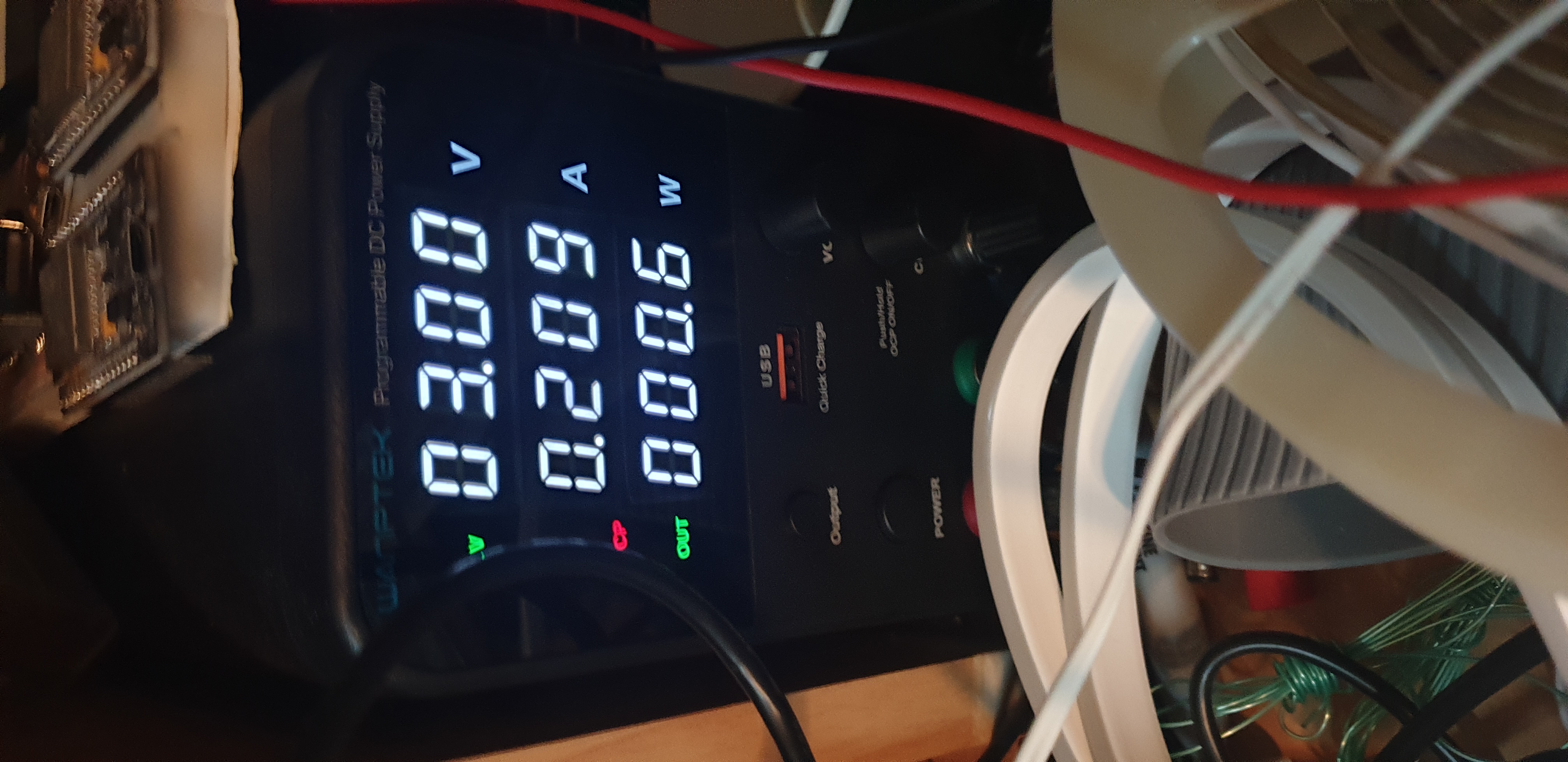
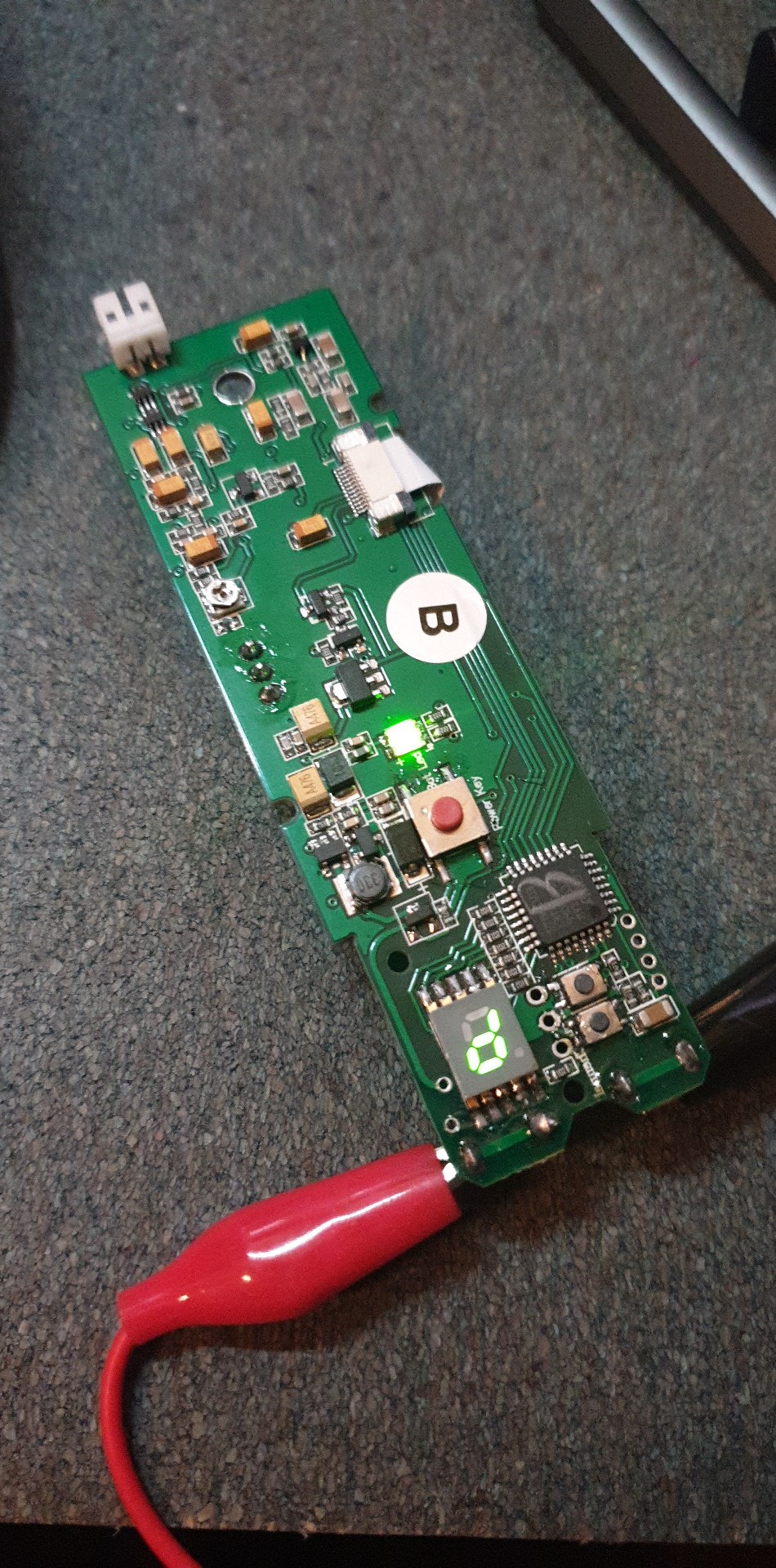
This led me to believe that there were no electrical faults in the circuit (harder to repair, probably would have ended up being a lost cause), rather there was a fault in the battery supply.
Comparing the DUT (left) to a working device (right), we can see that there is a little bit of plastic that sits inside the PCB - stopping the PCB from moving. Without that plastic, the PCB fails to make contact with the battery terminal contacts - thus preventing power to flow.
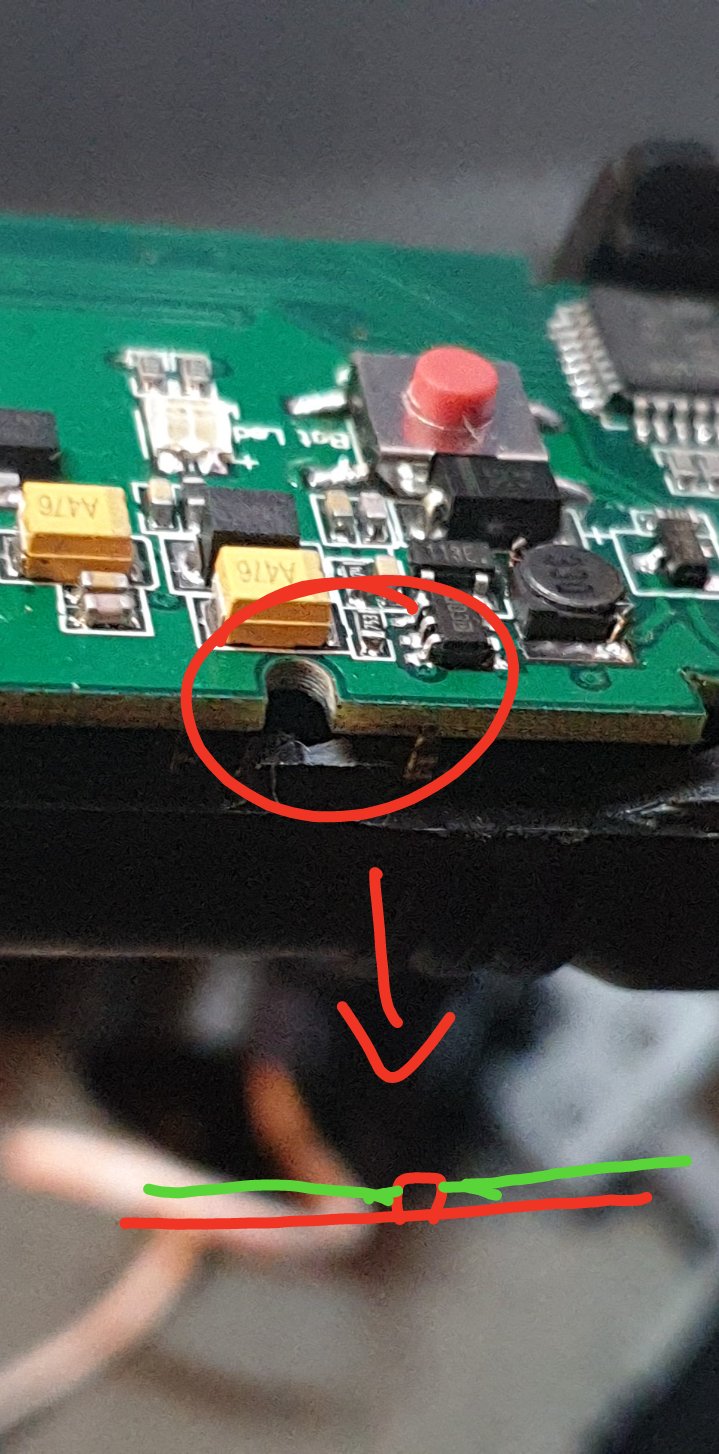
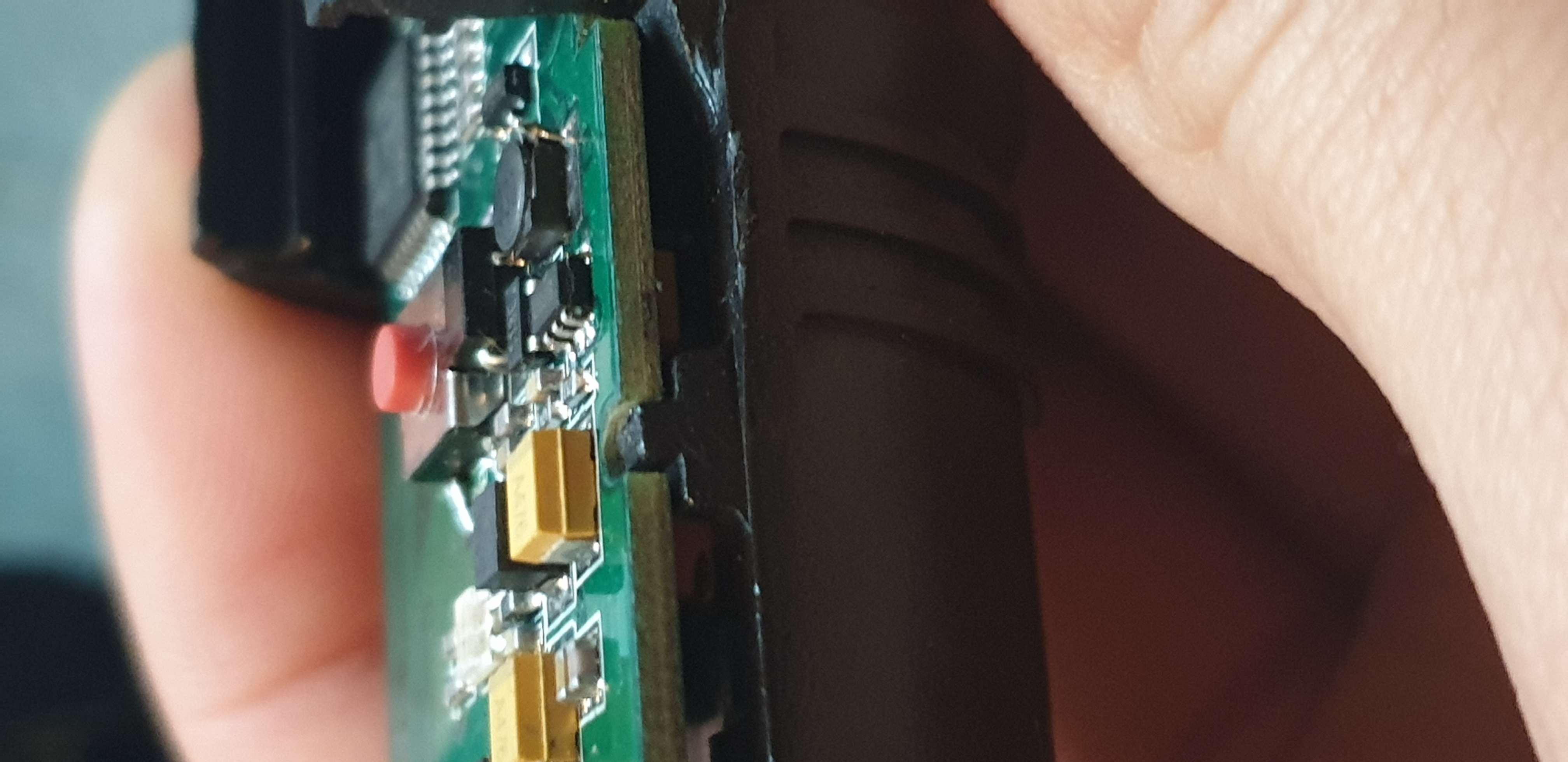
Simple enough of a fix then.. Just glue the black plastic back!
However, given the nature of forces being horizontal, glue will probably fail to provide much resistance against a shear force, and just break off again. Instead we should form some sort of physical bond.. or at least a metallic bond.
Firstly, remove the battery contacts and solder a wire to each contact.
Since the contacts are likely made of nickel-plated carbon steel, solder doesn’t stick onto them. So we first need to roughen the surface, either with sand paper or a knife.
After the wires are soldered onto the battery contacts, we can solder the wires to the PCB.

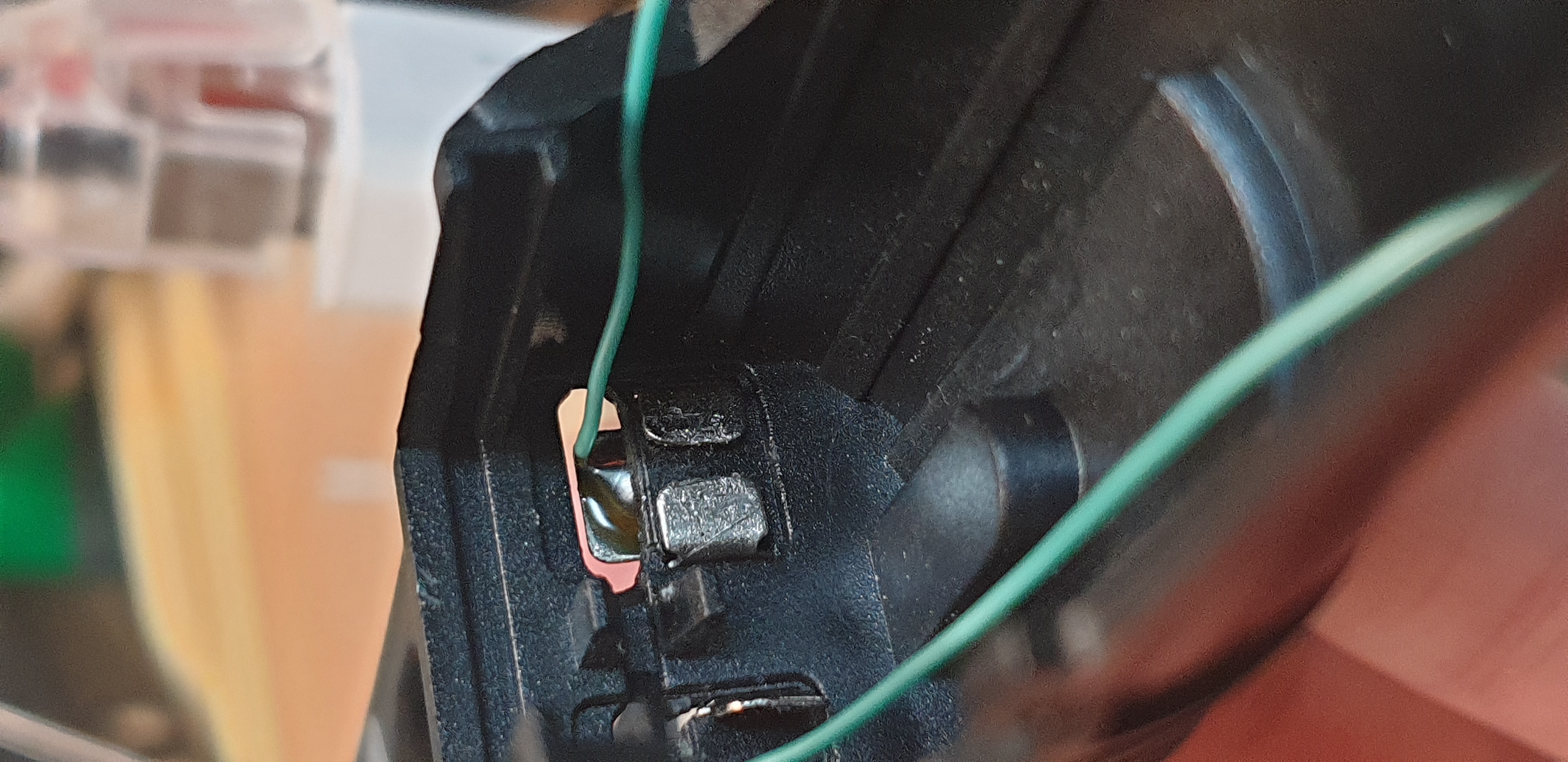
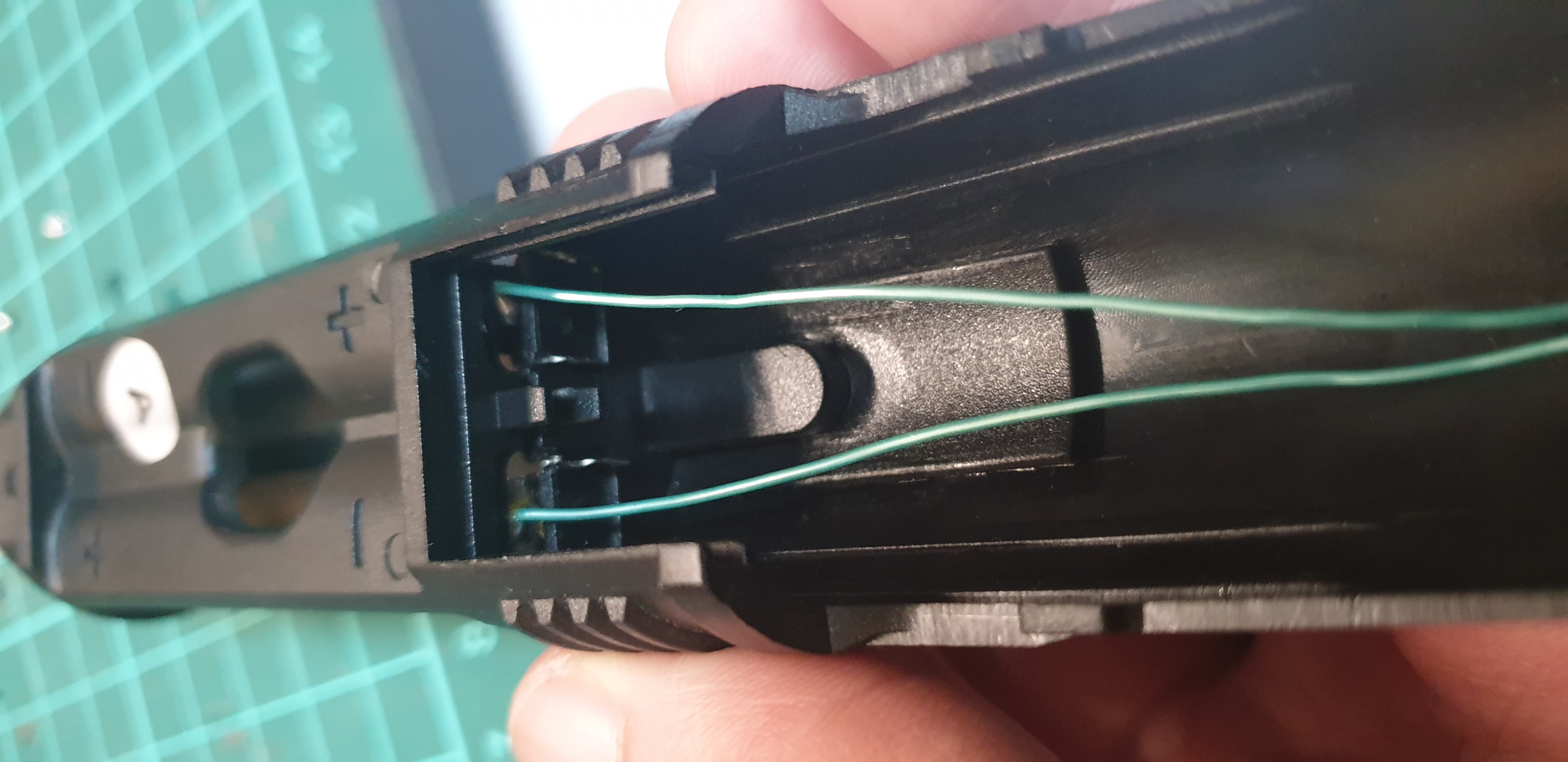
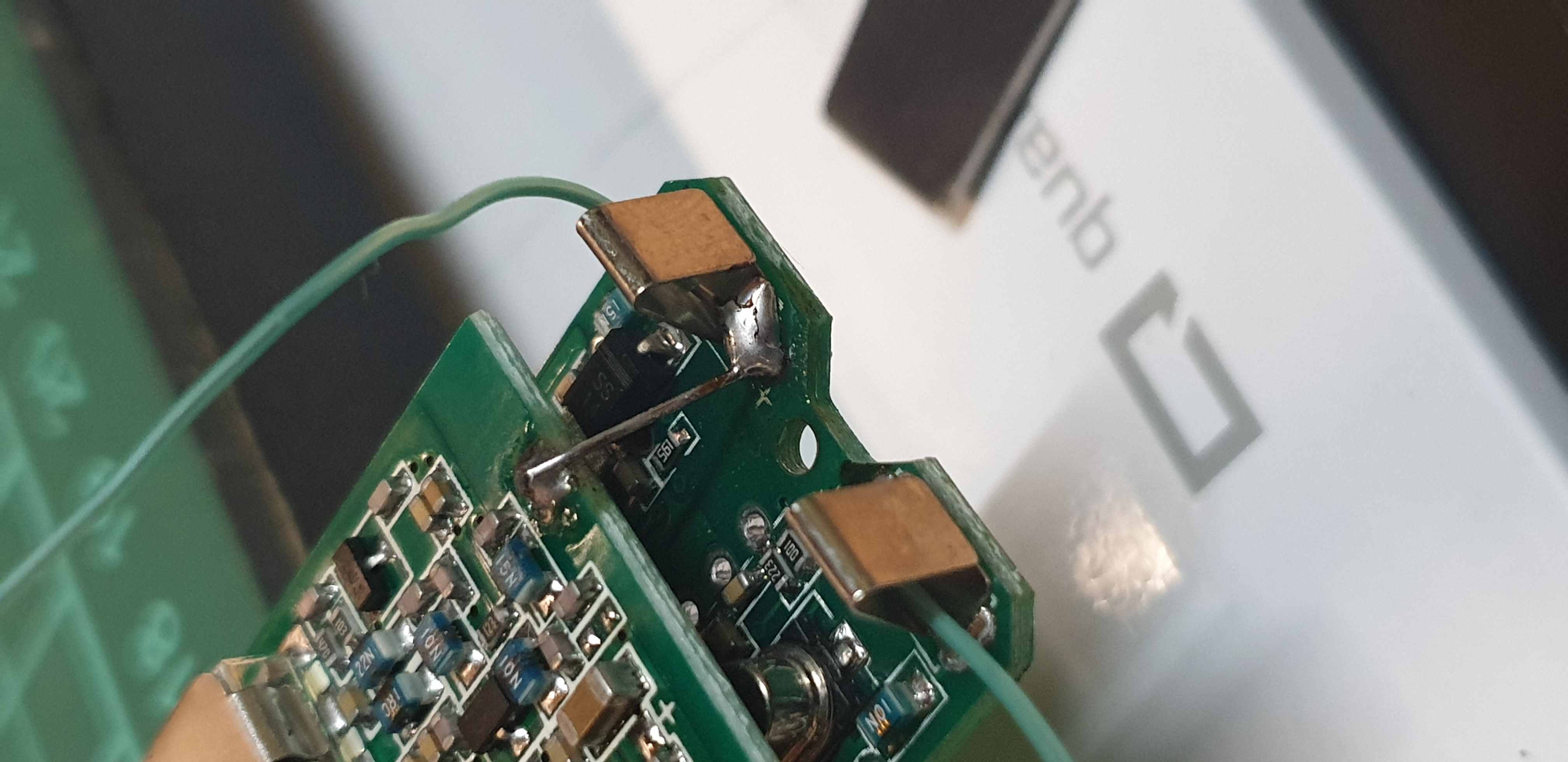
Conclusion
Yay, it works again!
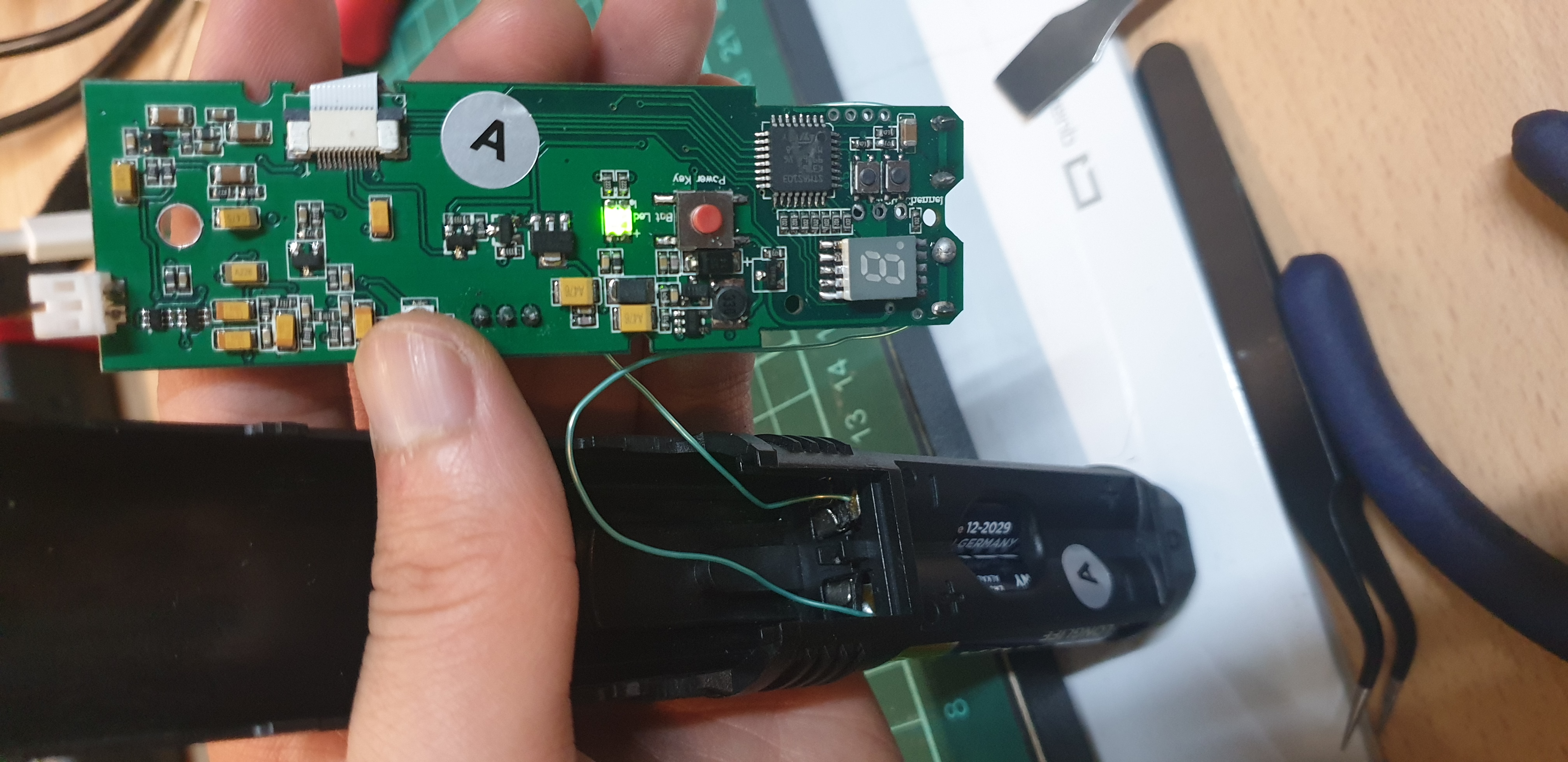
Genuine products generally have more R&D put into shock/drop/solid proofing their build.
Also, do not do a mic drop. Ever. Or you’re paying for damages and repairs.